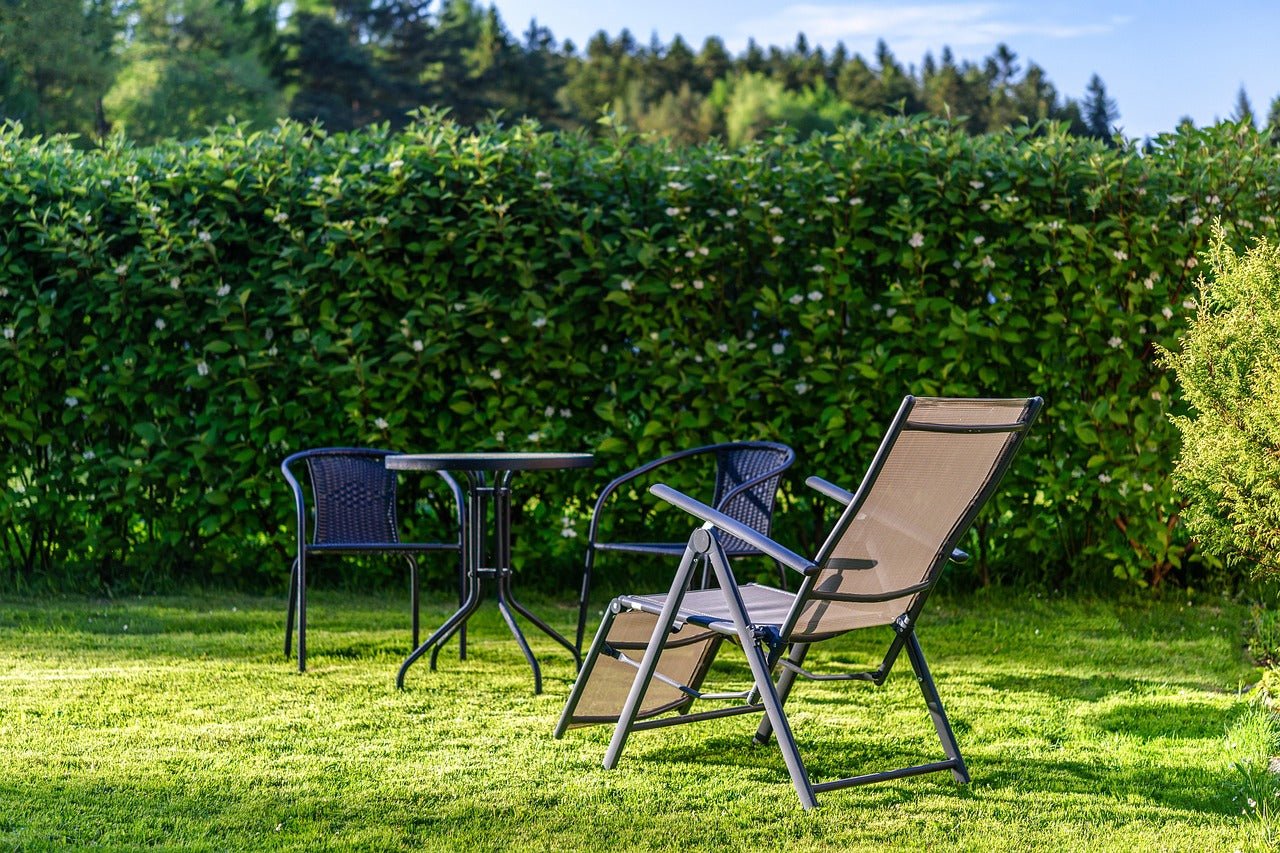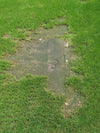
How to Deal with a Compacted Lawn
A lush and vibrant lawn is the dream of every homeowner. However, a compacted lawn can quickly turn this dream into a nightmare. Compacted soil makes it difficult for water, air, and nutrients to penetrate the grass roots, leading to poor drainage, thinning grass, and weed growth. Fortunately, there are several ways to deal with a compacted lawn and restore its former glory.
Aerate your lawn
Aeration is the process of creating small holes in the soil to allow air, water, and nutrients to penetrate the roots of your grass. This is one of the most effective ways to deal with a compacted lawn. Over time, soil can become compacted due to factors such as heavy foot traffic, lawn mowing, and even rain. Aeration helps to break up the compacted soil, allowing the roots to breathe and absorb the necessary nutrients.
You can use a manual aerator or a motorised one. If you have a smaller lawn, a manual aerator will do the job. However, for larger lawns, a motorised aerator is more efficient. You should aerate your lawn at least once a year, preferably in the spring or autumn. Aeration is a relatively simple process that can have a significant impact on the health of your lawn.
Add Organic Matter
Adding organic matter to your lawn can help improve soil structure and reduce compaction. Organic matter can include compost, or even grass clippings. These materials can be spread evenly across your lawn and worked into the soil with a rake or tiller. This will help to improve soil health and provide a better environment for your grass to grow.
Organic matter helps to create a more favourable environment for beneficial microorganisms that help to break down the soil and release nutrients for your grass. This is especially important in compacted soil, where the nutrients are not easily accessible to the roots. Adding organic matter to your lawn is a natural and effective way to improve soil health and reduce compaction.
Avoid Heavy Foot Traffic
One of the main causes of a compacted lawn is heavy foot traffic. If you have a high-traffic area in your garden, such as a walkway or a playground, consider adding a paved walkway or stepping stones to avoid walking on the grass. You can also create designated play areas for children or pets to reduce the amount of foot traffic on your lawn.
Reducing foot traffic on your lawn is an essential step in preventing soil compaction. By creating designated areas for play and adding walkways, you can help to preserve the health of your lawn. This will also make it easier to maintain your lawn and keep it looking beautiful.
Conclusion
Dealing with a compacted lawn requires a combination of aeration, adding organic matter, and reducing foot traffic. By following these steps, you can restore your lawn to its former glory and enjoy a healthy, vibrant lawn for years to come. Remember to aerate your lawn at least once a year, add organic matter, and avoid heavy foot traffic. By doing so, you can enjoy a lush, green lawn that will be the envy of your neighbourhood.
A healthy lawn is not only beautiful but also beneficial to the environment and your well-being. By taking care of your lawn, you can create a peaceful and relaxing outdoor space that you can enjoy with friends and family. So, go ahead and get started on restoring your compacted lawn today!
Ready to be proud of your garden?
Ensure your lawn never goes hungry with our personalised feeding plan. Delivered through you letterbox exactly when you need it.





